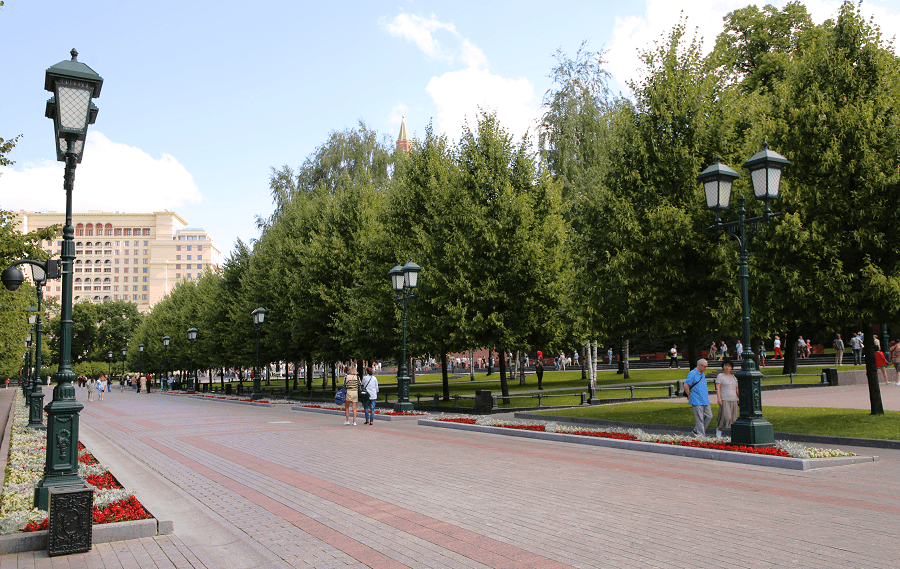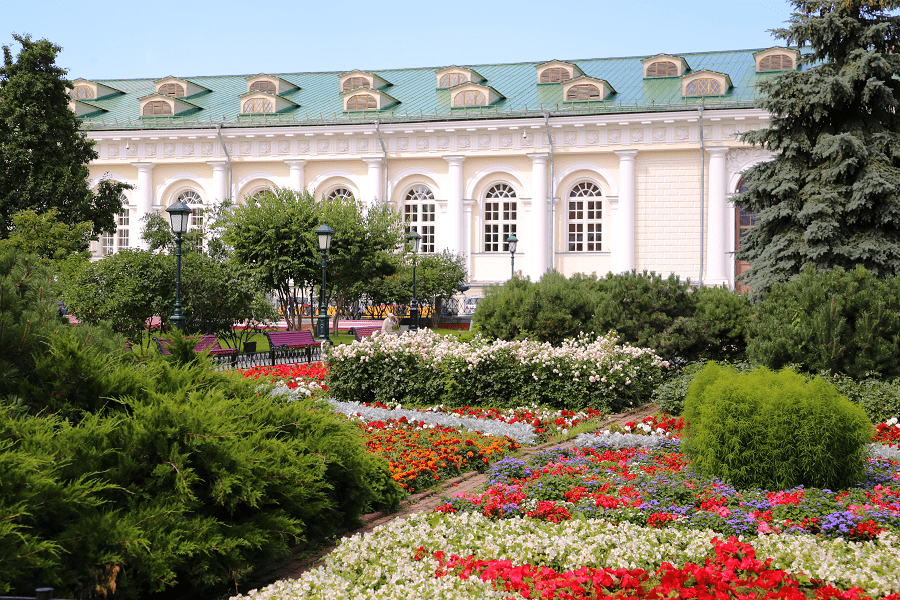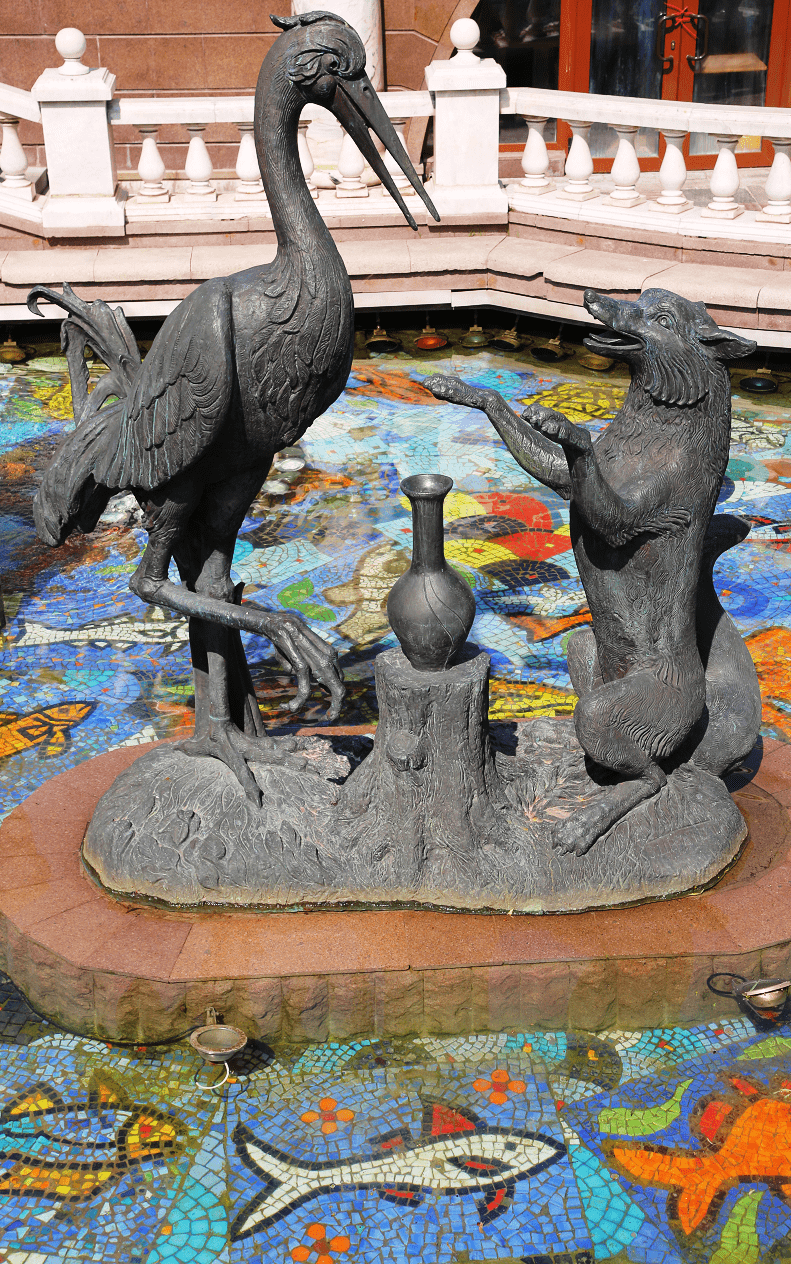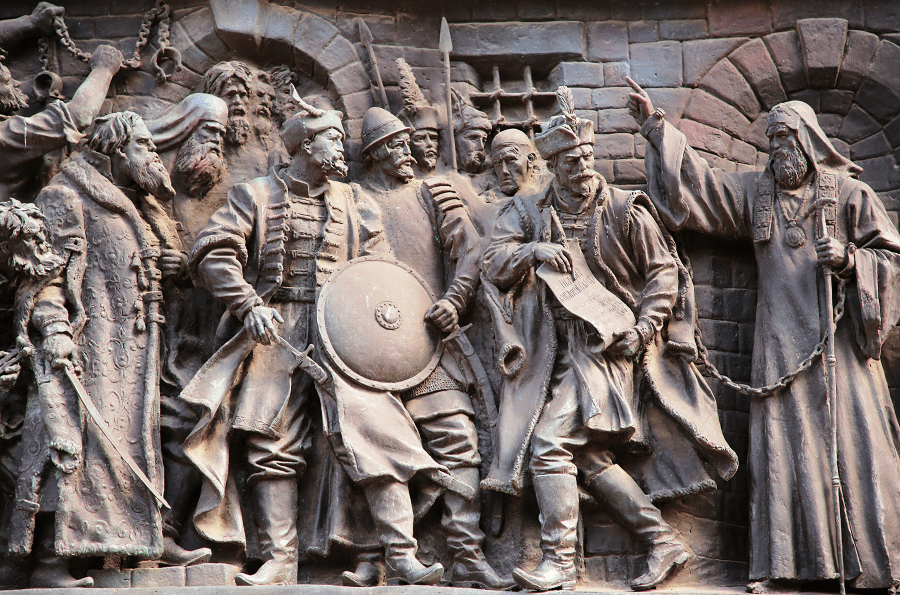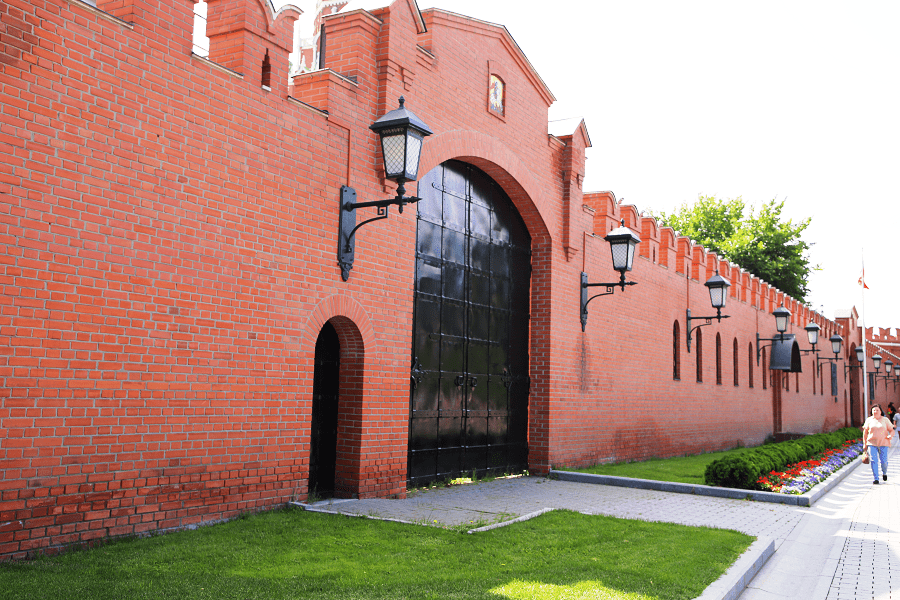Alexander Garden is a park in the Tverskoy district of Moscow, located along the western Kremlin wall, stretching from Revolution Square to the Kremlin embankment. It was founded in 1812. The park with an area of 10 hectares consists of three parts: the Upper, Middle and Lower gardens. It contains such historical objects as the Kutafya Tower of the Kremlin, the Italian Grotto, an obelisk dedicated to the 300th anniversary of the Romanov dynasty and others. A special place is occupied by monuments dedicated to the Patriotic War of 1812 and the Great Patriotic War.
Until the 18th century, the Neglinnaya River flowed on the site of the Alexander Garden, through which four bridges were thrown: Kuznetsky, Petrovsky, Voskresensky and Troitsky. Folk festivals were historically held on the banks of the river, its water was clean and famous for fishing. Over time, the river became polluted, the coast collapsed and overgrown.
At the end of the 18th century, Neglinnaya was launched through the canal. After the end of the Patriotic War, Emperor Alexander I decided to remove the river underground, enclosing it in a pipe three kilometers long, the builder Yegor Cheliev supervised the work. On the vacant site, gardens were planted according to the project of the architect Joseph Bové as part of a plan to rebuild Moscow after the fire of 1812. This garden had a memorial significance – it was created in honor of the victory in the 1812 Patriotic War, but also had a utilitarian and entertainment function and was intended for public use.
The gardens were built from 1819 to 1823 and were originally called the Kremlin. In 1820-1821 Bové designed a part of the garden from the Resurrection Gate to the Trinity Gate – the Upper Garden, his work was continued by assistants Davydov, Petrov and others. To arrange the garden, the area was leveled and covered with turf, lindens, birches, mountain ash and other trees and shrubs were planted. Cast-iron gates depicting the symbols of victory in the Patriotic War, made by the architect Yevgeny Pascal, were installed at the main entrance.
After the coronation of Alexander II in 1856, the gardens were renamed Alexander Gardens. At that time, a shallow ditch planned by Bové ran along the garden, limiting the territory from Neglinnaya Street, and a low metal fence created in the 1820s by the architect Fyodor Shestakov, but not preserved to this day.
On May 8, 1967, an architectural memorial ensemble was installed on the territory of the Upper Garden – the Tomb of the Unknown Soldier, where the remains of the Red Army soldiers who died in 1941 in the Battle of Moscow were reburied. The memorial was designed by Yuri Rabaev, Dmitry Burdin, Vladimir Klimov and Nikolai Tomsky. On the tombstone there is a bronze composition of a soldier’s helmet, a laurel branch and a battle banner.
Near the memorial burns the Eternal Flame, brought from the Field of Mars from St. Petersburg. Alexey Maresyev accepted the torch, and Leonid Brezhnev placed the fire in the center of the star. Next to the Eternal Flame is Post No. 1, where, since December 12, 1997, from 08:00 to 20:00, there is a guard of honor of the Presidential Regiment. Every year on June 22, on the day of the beginning of the Great Patriotic War, the guard of honor takes over, wreaths are laid at the fire and memorial candles are lit.
In 2009, the monument received national status[18]. In December of the same year, due to the repair of communications of the memorial complex, the Eternal Flame from the Alexander Garden was transferred to Victory Park on Poklonnaya Gora, and on February 23 of the following year it was returned to its place.
The fountain complex is located on the edge of the Alexander Garden along Manezhnaya Square, was installed in 1996. The complex consists of six parts: Geyser, Neglinnaya River, Veil, Snail, Waterfall, Grotto, which are decorated with sculptures by Zurab Tsereteli. The fountain “Neglinaya River” imitates the river bed, it is decorated with the sculptural composition “Heroes of Fairy Tales” with sculptures of characters: a mermaid, Ivan Tsarevich with the Frog Princess and others. The second large fountain in the complex – “Geyser”, is decorated with the sculpture “Seasons”, depicting four horses – four seasons. The remaining fountains of the complex are small and serve as an addition to the main part.
Nearest metro: Arbatskaya (Filyovskaya Line), Arbatskaya (Arbatsko-Pokrovskaya line), Biblioteka imeni Lenina, Okhotny Ryad.
Nearest attractions: Arbat street, New Arbat Avenue, Church of Simeon Stolpnik on Povarskaya, Khudozhestvenny cinema, State Duma building, House of the Unions, Teatralnaya Ploschad, TSUM, Monument to Alexander Ostrovsky, Tretyakovskiy proezd, Central Children’s Store, Lubyanka Building, Metropol Hotel, Moskva hotel, Red Square, Tverskaya street, Kremlin.
See also all parks in Moscow



